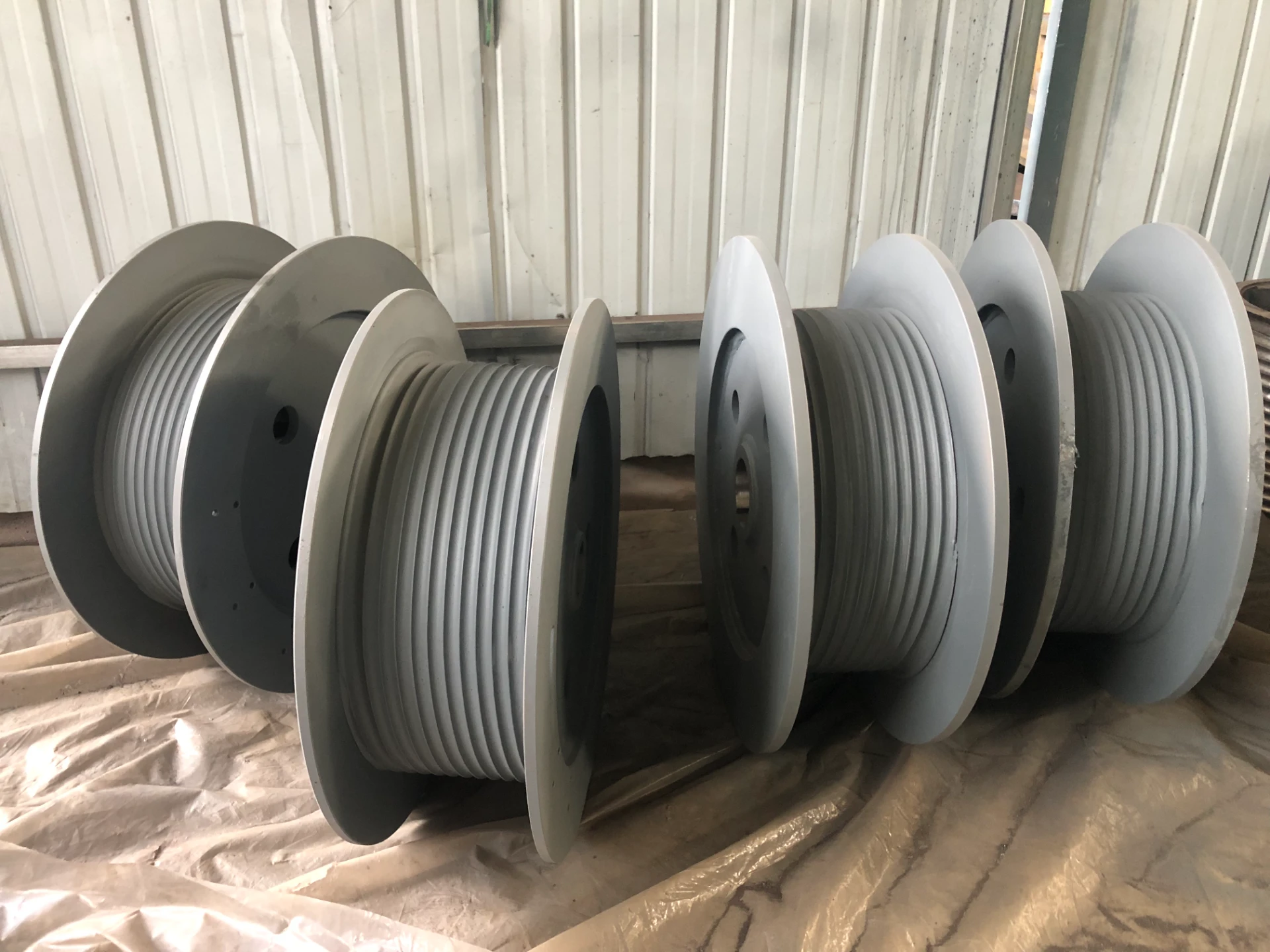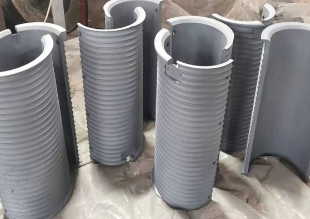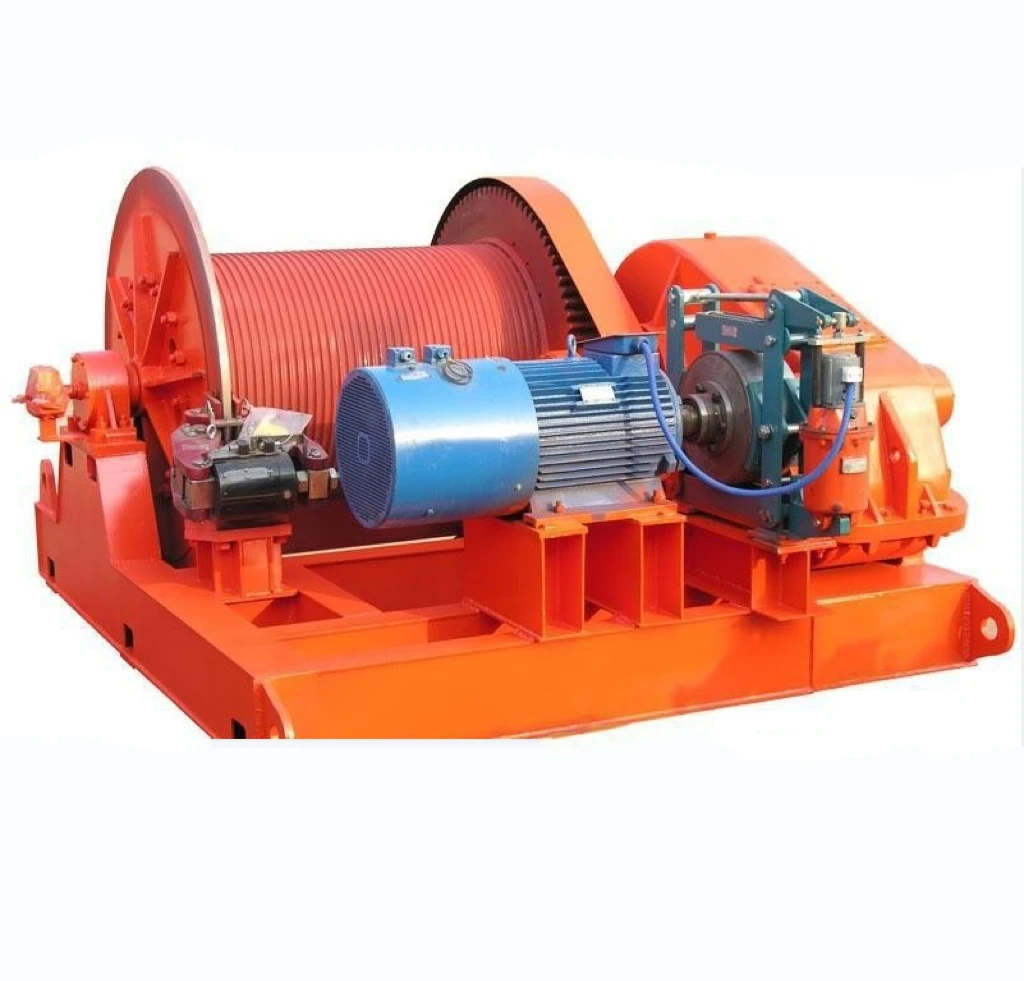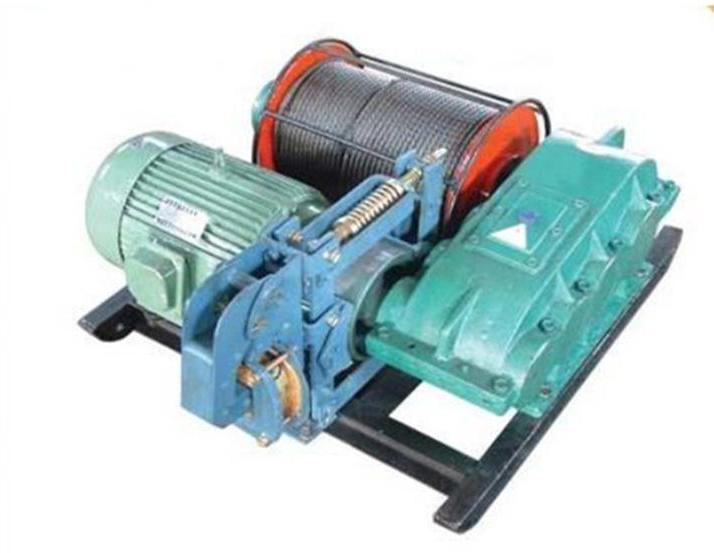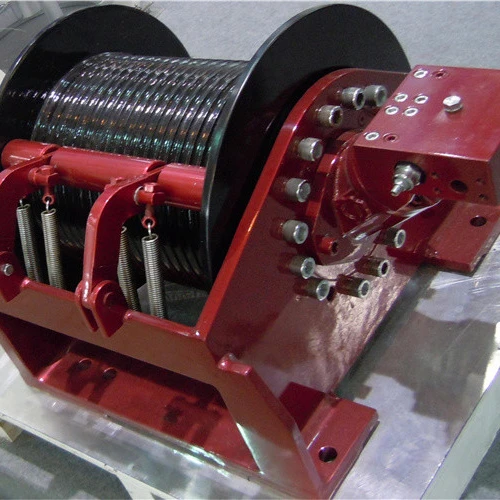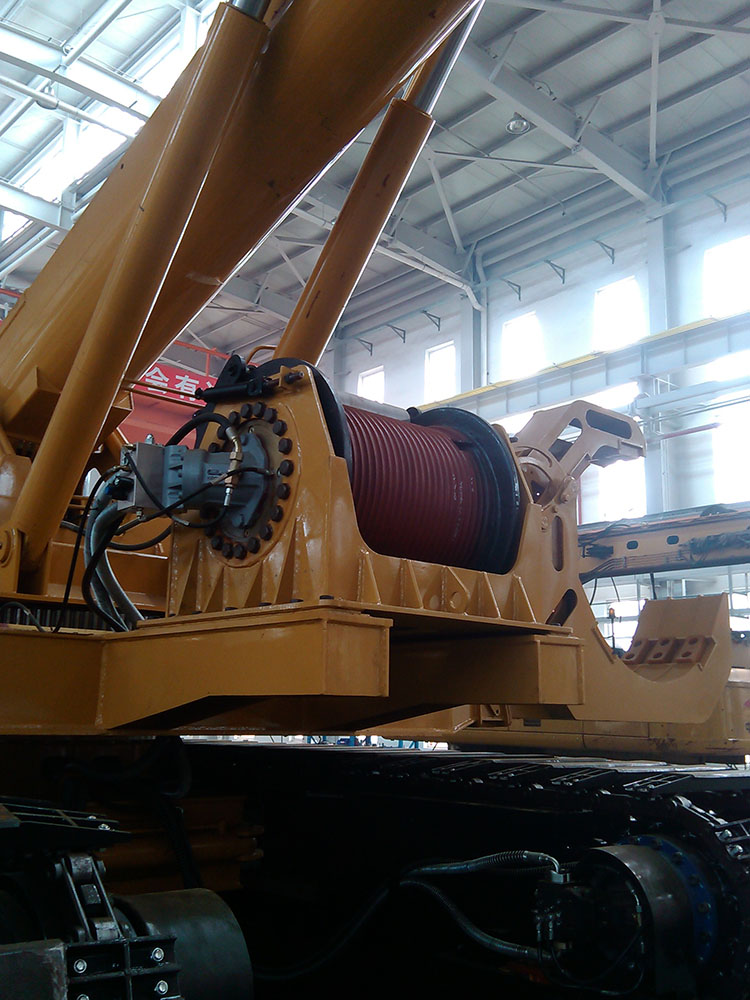Lebus Grooved Drum: Precise Spooling, Longer Rope Life
Lebus Grooved Drum for Tower Crane: notes from the field
I’ve spent enough time around tower crane yards to know one small component can make a huge difference. The first time I watched a Lebus Grooved Drum fill cleanly layer after layer—no crossovers, no yelping rope guide—I thought, huh, this is what “quiet efficiency” looks like. The product we’re talking about is built in Shijiazhuang, Hebei, China (NO.688 Zhongshan Road, Qiaoxi District), and it’s aimed squarely at the realities of high-rise lifting: long lifts, variable loads, and crews who don’t have time for tangled lines.

Why the groove still matters (industry trend)
The trend is predictable but important: higher buildings, heavier prefab, and tighter lift windows. Wire ropes are running longer duty cycles. In fact, owners tell me they’re pushing for fewer rope changes and cleaner handling to cut downtime. That’s exactly where Lebus Grooved Drum geometry—multi-layer parallel grooving—keeps the rope seated, reducing pinch and scrubbing on adjacent wraps.

Core specs (typical configuration)
| Parameter | Value (≈ / real-world may vary) |
|---|---|
| Rope diameter range | 12–32 mm |
| Drum material | 42CrMo or 45# steel, normalized + tempered |
| Groove type | LEBUS multi-layer parallel groove, 2-start |
| Core Ø / Face width | ≈ 400–900 mm / 300–1100 mm |
| Layers supported | Up to 6 layers (application-dependent) |
| Surface | Shot-blasted SA2.5, epoxy primer + PU topcoat |
| Hardness (groove) | HB 200–260 |
| Rated line pull | ≈ 50–200 kN (per tower crane model) |
| Standards reference | ASME B30.3, EN 14439, ISO 4309 (rope care) |
How it’s made (short process flow)
Materials are cut and rolled, then circumferentially welded. After rough machining, grooves are CNC-milled to matched rope pitch and diameter. Heat treatment stabilizes the structure. NDT follows: MT (ISO 17638/ASME V Art. 7) on weld toes, UT (ISO 17640) on shell seams. Each drum is trial-wound with sample rope; dimensional checks include groove pitch error ≤0.1 mm over 10 pitches. Coating is applied after a 240–480 h salt-spray equivalence test (ASTM B117). Service life? In mixed-duty tower crane fleets, we’ve seen rope life improve ≈15–30% versus helical-only drums, assuming lubrication and discard criteria per ISO 4309.
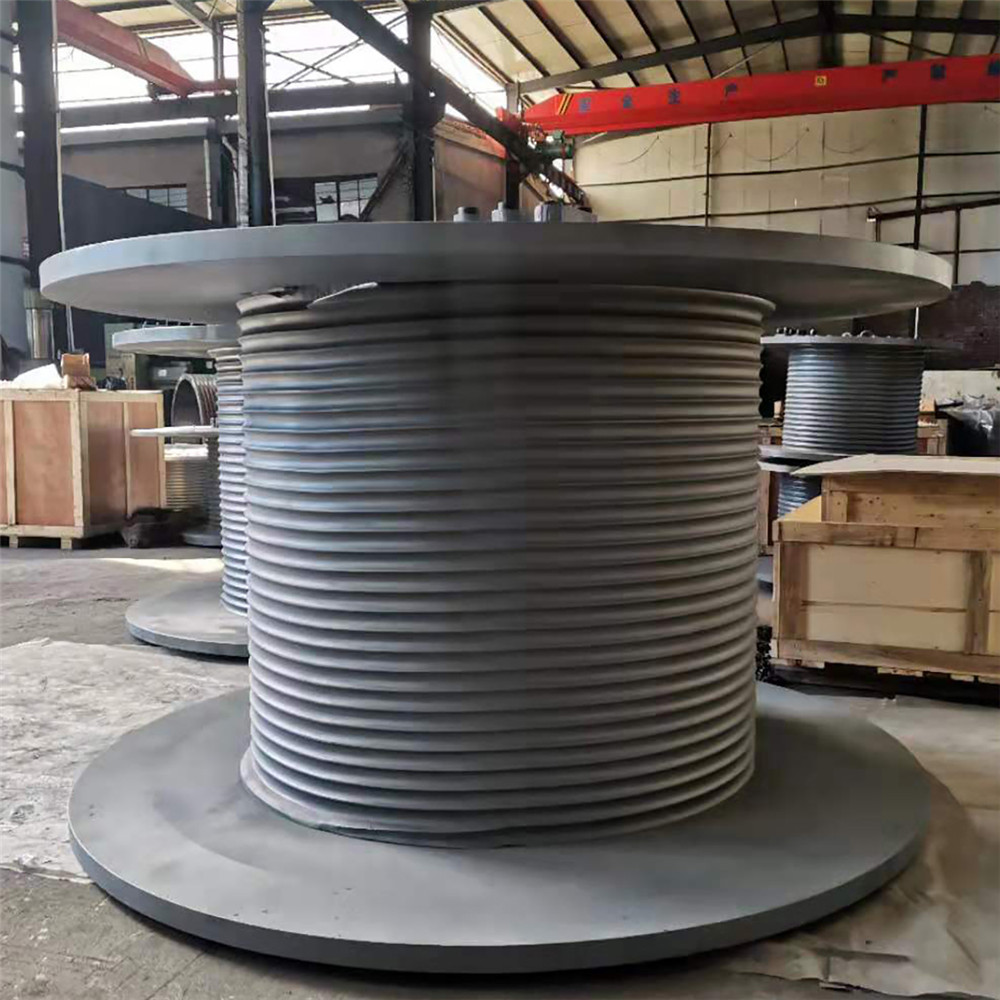
Where it shines
- High-rise construction hoisting (steel, rebar bundles, formwork)
- Precise picks with frequent starts/stops
- Retrofits where rope chatter and birdcaging are recurring issues
Advantages we keep hearing: smoother spooling at low back-tension, fewer crossovers on layer transitions, and less sheave/rope abrasion. One site manager told me, “We stopped babysitting the drum—crews noticed right away.”
Customization and compliance
Lebus Grooved Drum units can be tailored: split-sleeve or integral drum, keyway/shaft fit, rope entry position, paint system, and witness testing. Typical certificates include ISO 9001 QMS; compliance with ASME B30.3 and EN 14439 is addressed per project documentation. Factory acceptance tests can include load simulation and measured fleet angle windows.
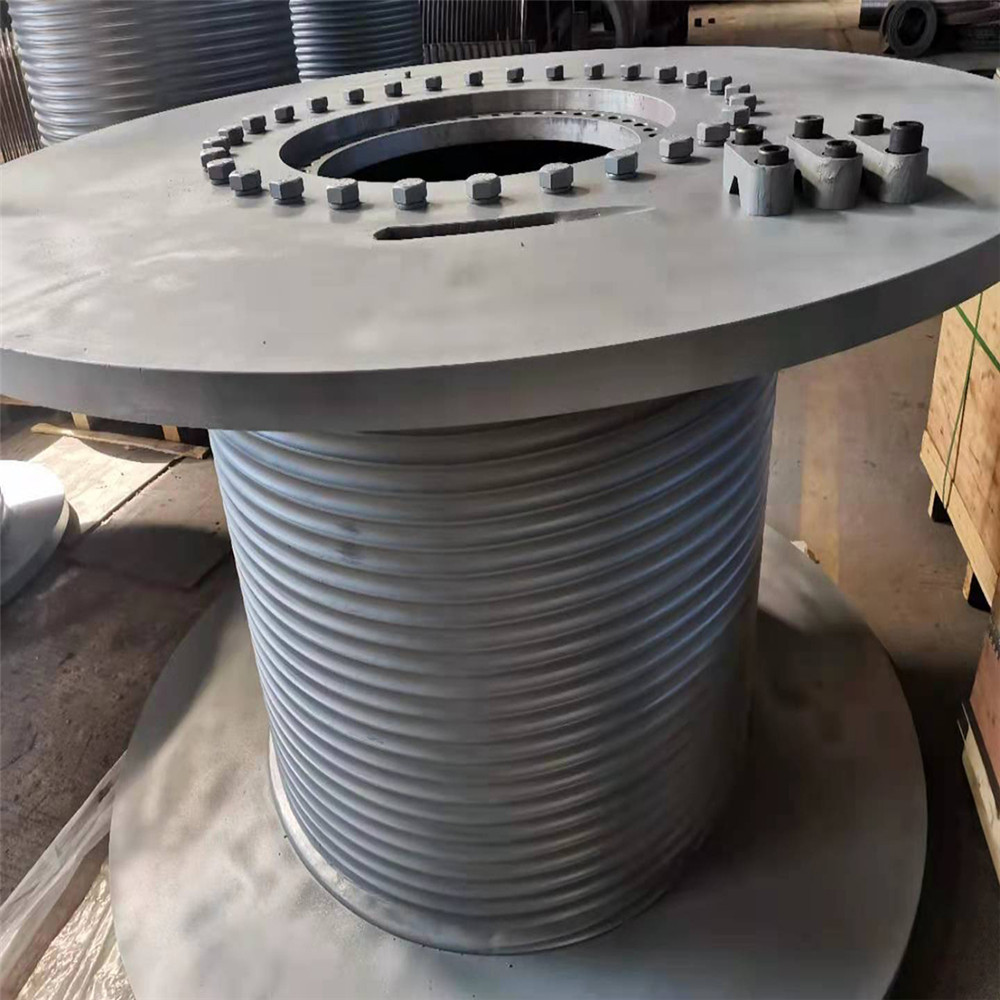
Quick case note
A coastal 60-story job had recurring crossovers on the 5th layer with a plain drum. After a swap to a Lebus Grooved Drum, rope inspections (ISO 4309 criteria) showed ≈22% fewer broken wires over the same duty period, and operators reported calmer payout during luffing turns. Not a lab-perfect trial, but convincing.
Vendor snapshot (what buyers compare)
| Vendor | Groove tech | Rope capacity use | Lead time | Certs |
|---|---|---|---|---|
| LBS (Shijiazhuang) | LEBUS parallel multi-layer | High (layers stay aligned) | ≈ 3–6 weeks | ISO 9001; supports ASME/EN docs |
| Vendor A | Helical single-start | Medium | ≈ 4–8 weeks | ISO 9001 |
| Vendor B | Plain drum + rope guide | Low–Medium | ≈ 2–5 weeks | ISO 9001 |

Testing snapshot
Internal bench tests with 18 mm IWRC rope at 80 kN line pull showed stable spooling through 200k cycles; fleet-angle sensitivity remained within ±2° of nominal without significant crossovers (setup notes on file). Always validate with your rope type and reeving.
If I’m blunt, the upgrade pays for itself where rope replacement and unscheduled stops are killing schedules. If you’re speccing a new crane or planning a mid-life refresh, it’s a low-drama improvement with very visible effects.
References
- ASME B30.3 – Tower Cranes.
- EN 14439:2009+A2 – Cranes – Safety – Tower cranes.
- ISO 4309:2017 – Cranes — Wire ropes — Care, maintenance, installation, examination and discard.
- ISO 17638 / ISO 17640 – Non-destructive testing of welds (MT/UT).
- ASTM B117 – Standard Practice for Operating Salt Spray (Fog) Apparatus.
-
Double Drum Hydraulic Winch – Durable, Efficient Load Handling SolutionsNewsNov.25,2025
-
Hydraulic Drum Winches: Powering Heavy Lifting with Precision and DurabilityNewsNov.24,2025
-
Hydraulic Driven Winch – Reliable Heavy Lifting Solutions for Industry & ReliefNewsNov.24,2025
-
Hydraulic Crane Winch – Powerful & Precise Heavy Lifting Solutions | LBS WinchNewsNov.23,2025
-
Electric Over Hydraulic Winch: Efficient, Durable Lifting Solutions for Modern IndustryNewsNov.23,2025
-
Hydraulic Logging Winch Guide | Global Applications & InnovationsNewsNov.22,2025


